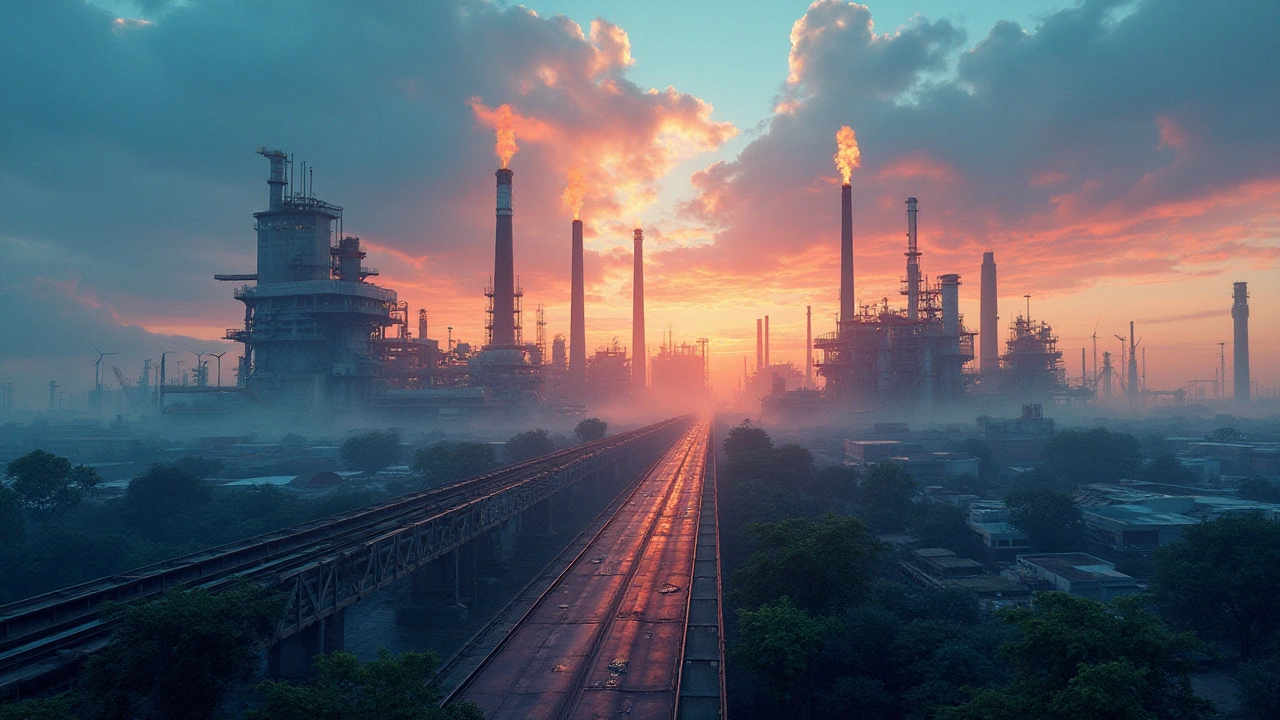Global Production Trends: What’s Shaping Today’s Manufacturing
Ever wonder why a pill you take might come from India or why most phones are built in China? The answer lies in the way the world produces goods today. Costs, capacity, and new tech are rewriting the map of manufacturing, and that affects everything from the car you drive to the sofa you sit on.
Why Cost and Capacity Matter Most
Low labor costs and huge factories give some countries a built‑in advantage. India, for example, churns out a massive share of the world’s generic medicines because salaries are lower and the government supports large‑scale drug plants. That same recipe works for textiles in Bangladesh and furniture in Vietnam. When a nation can produce more for less, global buyers flock there.
But cost isn’t the whole story. Capacity – the ability to crank out millions of units – decides who wins big contracts. China’s electronics factories can pump out smartphones at a speed that smaller rivals can’t match. This scale keeps prices down for consumers worldwide, but it also means any disruption, like a factory shutdown, can ripple through the whole supply chain.
Technology and Standards: The New Game Changers
Automation, AI, and stricter emission standards are shaking up traditional production hubs. In India, the shift from BS4 to BS6 diesel engines forces manufacturers to upgrade equipment, which raises short‑term costs but improves long‑term efficiency and environmental compliance.
Smart factories equipped with sensors can spot defects in real time, cutting waste and boosting quality. This is why lean principles – like eliminating the seven wastes of manufacturing – are gaining traction across continents. Companies that adopt these tech upgrades often win the trust of global brands looking for reliable partners.
Finally, trade policies and import data shape where products are made. The United States, for instance, sources most of its heavy machinery from a handful of countries that meet strict quality and tariff rules. Keeping an eye on these regulations helps businesses avoid costly surprises.
All these factors – cost, capacity, technology, and policy – intertwine to form today’s global production landscape. Understanding them lets you predict where the next manufacturing boom will happen and how to position your business for success.
So next time you pick up a product, think about the web of decisions that got it to you. From cheap labor in India’s pharma labs to high‑tech factories in China, global production is a constantly shifting puzzle – and you’re right in the middle of it.

Top Global Plastic Manufacturers: A Look at Leading Companies
In the realm of plastic production, a few global companies dominate the landscape. This article delves into who creates the most plastic worldwide, examining the operations of major players in the industry. Discover the scale of production, their environmental impact, and innovative practices aimed at sustainability. This analysis provides insights into the driving forces behind the manufacturing of plastic products used daily.
